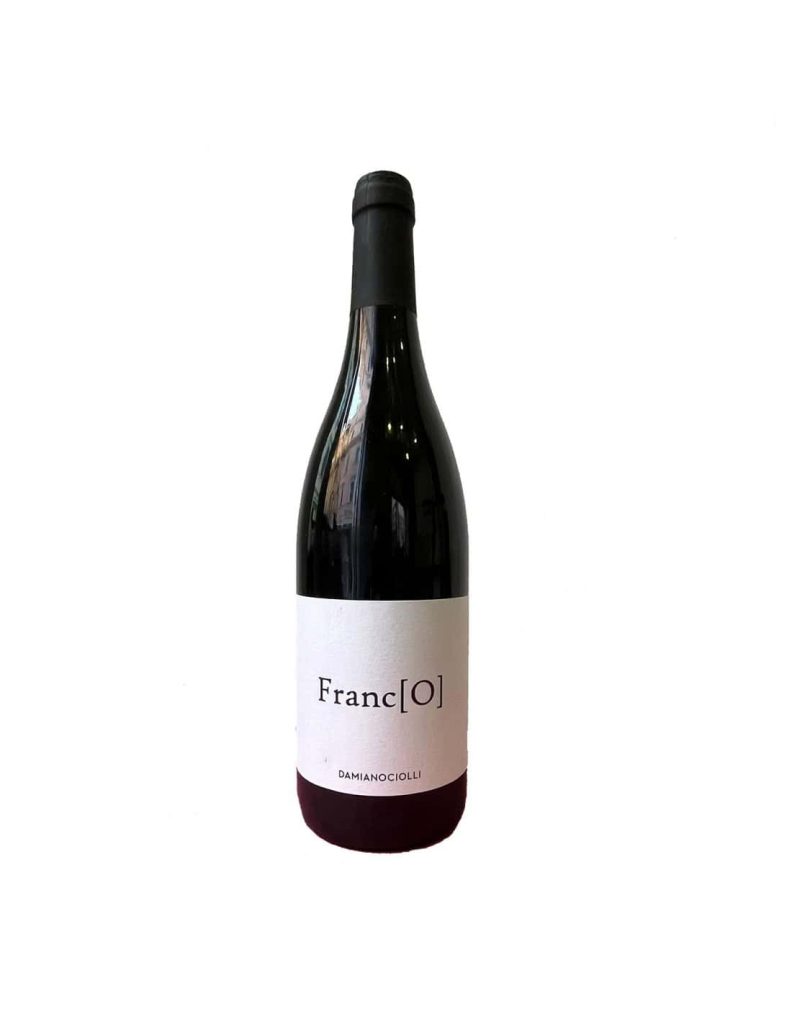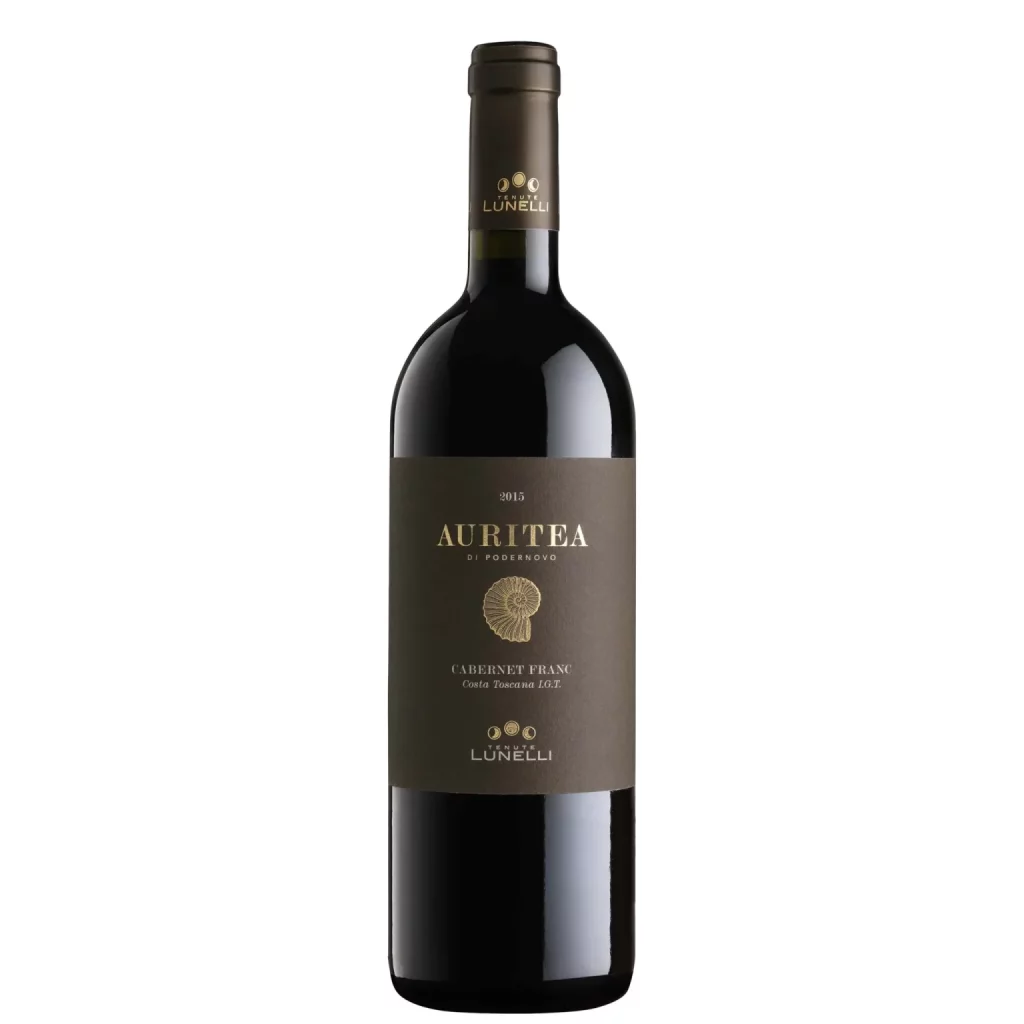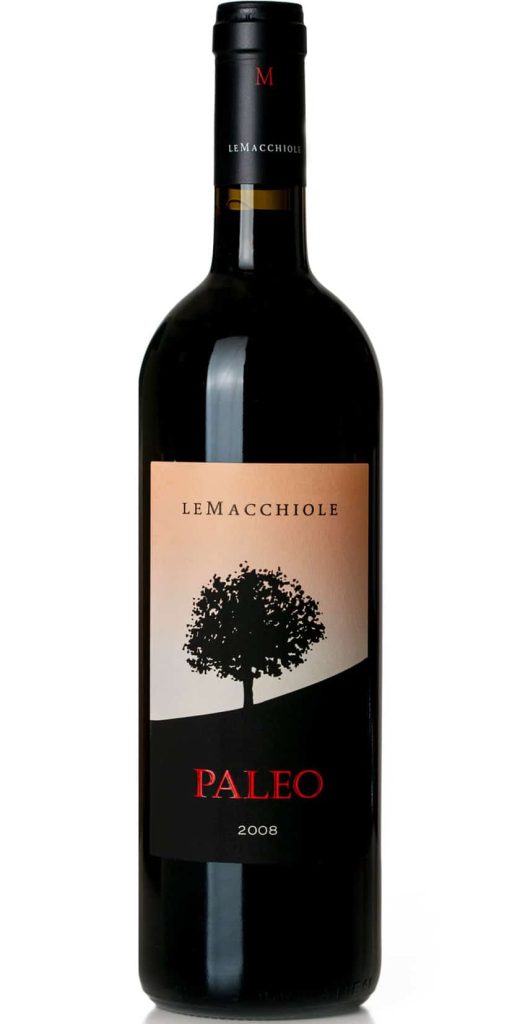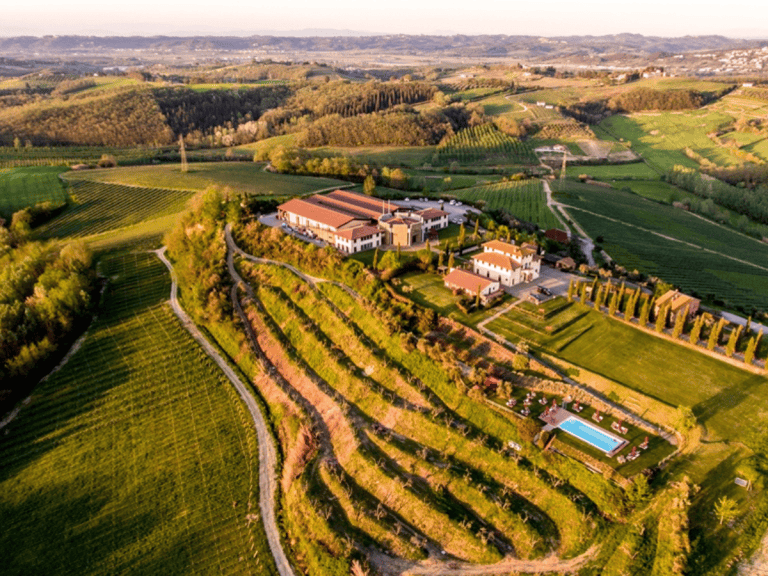Cabernet Franc has a distinctive feature: its remarkable ability to withstand hot climates. In short, it can retain an acidic profile and aromatic freshness that is uncommon in other red grape varieties. It’s no surprise, then, that the surge of interest in Franc is evident in Italian vineyards. Nowadays, it can be found almost everywhere with increasingly interesting results.
Franc mania
"It's a grape variety that does well in our Lazio region too. The key is to work it well; many seek structure, but it should be highlighted in terms of freshness and elegance. For me, there's no comparison with Merlot, which was a trend in the '90s. Today, people are looking for something different," comments Damiano Ciolli, a producer in Olevano Romano. He discovered Franc almost by accident due to an unforeseen need. "With the 2023 vintage, we lost 90% of our grapes due to downy mildew. We sought an alternative for a négociant wine. With Letizia, we selected Franc grapes from the Castelli area, complemented with Cesanese grapes from Olevano. The wine is called Franc[O], replacing our Silene, always aimed at drinkability and zest. I made it out of necessity, but many are already asking us to continue producing it," he adds.
Increasing in blends
The Tuscan coast is considered one of the cradles of Italian Cabernet Franc, having over time taken prominence from Friuli and Veneto for this variety originally from the Gironde. "For us, Franc was a gut choice," explains Cinzia Merli, owner of the Bolgheri winery Le Macchiole. "It perfectly expresses the essence of our territory with its fruity intensity and soft tannins. Since 2001, we’ve decided to produce a pure Cabernet Franc; before, we used it only as a blending grape," she highlights. The 2001 vintage of Paleo – named after a wild herb from the Tuscan coast – remains one of the most profound and complex Cabernet Francs ever produced in Italy. "I’m happy to see more Franc on the market, it’s also growing in importance in the blends of significant wines," she concludes. This shift is evident in iconic labels like Ornellaia, which has increased its Franc proportion in recent years.
From the cypresses of Bolgheri to the Pisane Hills, Franc has also brought the Terricciola area, rich in sand and fossil deposits, into the spotlight. The Lunelli family bought Tenuta Podernovo in 2000, initially planting Sangiovese and Merlot, even some rows of Teroldego. Then, they planted Franc in the Olmo vineyard: "it has an extra gear," notes Alessandro Lunelli. And our tastings confirm this, as Auritea, a pure Cabernet Franc, has impressed us since its first vintage, 2015.
The tastings

Franc[O] 2023 Ciolli
Short maceration, 3-4 days, and aging exclusively in concrete. We tasted a barrel sample, and it surprised us. Measured balsamic and vegetal notes, a lovely dark fruit fragrance, and perfectly proportioned medium weight: it has body, character, and excellent gustatory drive. Delightfully pleasant and satisfying. 15,000 bottles produced with an excellent quality-price ratio: €16 in wine shops. The name is a tribute to Franco Caporili, who provided the grapes from his last harvest.

Auritea 2016 Tenuta Podernovo
What a vintage and what a wine! Intense aromas of mint, liquorice, and juniper. The herbaceous charge is fine and fascinating, with a voluminous, articulate, and captivating mouthfeel: juicy cherry and rosemary, with intense savoury energy. Extremely long and deep finish with excellent ageing potential.

Paleo 2008 Le Macchiole
In a recent vertical tasting, the 2008 vintage of Paleo stood out. It has measured and harmonious aromatic traits of black tea, coffee, and cocoa. The palate is composed, with an acidic backbone that perfectly supports a structure of great rigour and elegance, with a balsamic and spicy undertone that unfolds naturally on the palate.


 Meloni: "Tariffs? If necessary, there will be consequences. Heavy impact on agri-food sector"
Meloni: "Tariffs? If necessary, there will be consequences. Heavy impact on agri-food sector" The Government honours the greats of Italian cuisine, from Bottura to Pepe. Massari: "Thank you, Meloni, the only one who listened to us"
The Government honours the greats of Italian cuisine, from Bottura to Pepe. Massari: "Thank you, Meloni, the only one who listened to us" "We must promote a cuisine that is not just for the few." Interview with Massimo Bottura
"We must promote a cuisine that is not just for the few." Interview with Massimo Bottura Wine was a drink of the people as early as the Early Bronze Age. A study disproves the ancient elitism of Bacchus’ nectar
Wine was a drink of the people as early as the Early Bronze Age. A study disproves the ancient elitism of Bacchus’ nectar "From 2nd April, US tariffs between 10% and 25% on wine as well." The announcement from the Wine Trade Alliance
"From 2nd April, US tariffs between 10% and 25% on wine as well." The announcement from the Wine Trade Alliance






